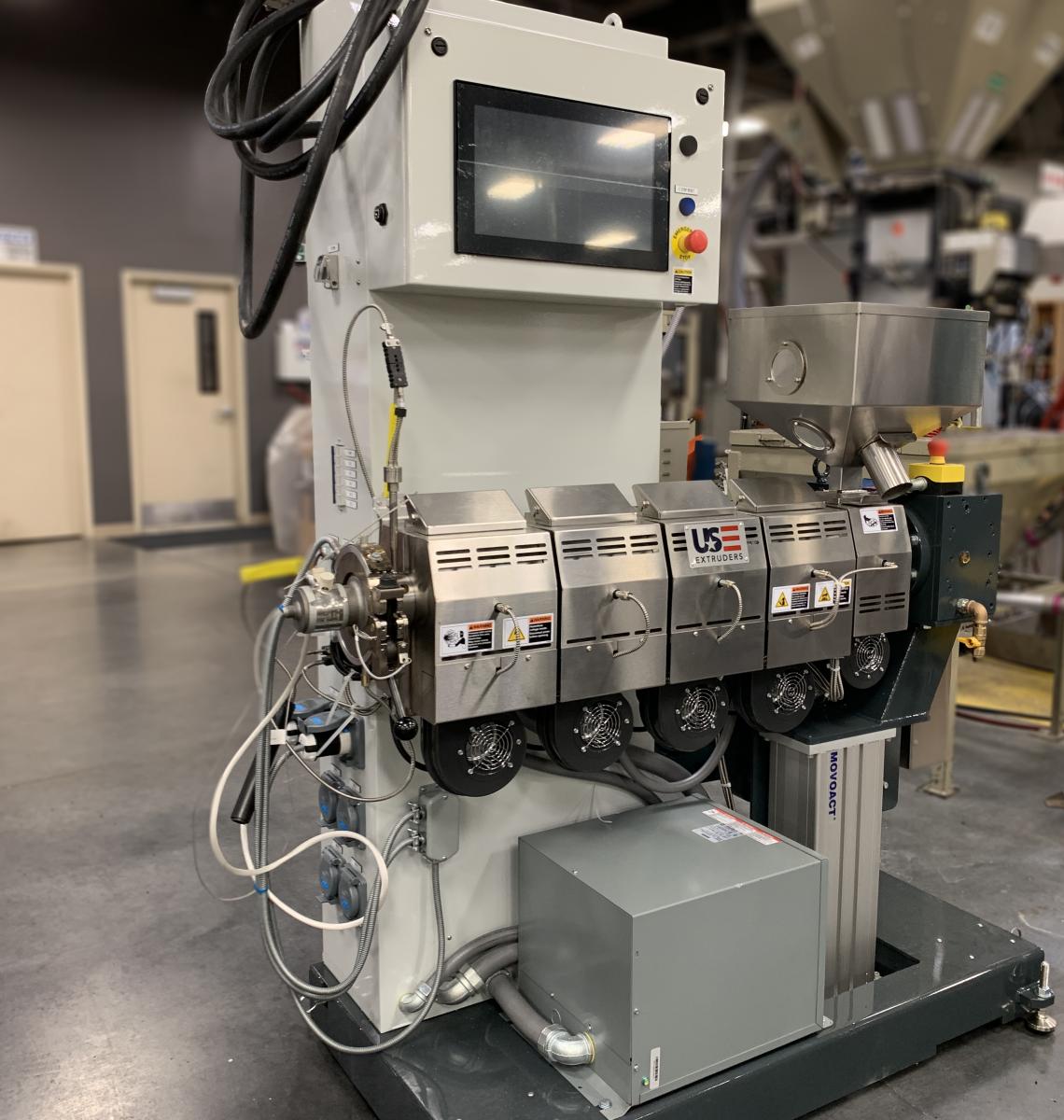Co-extrusion molding is the process of forming an extrudate composed of more than one thermoplastic melt stream. The process came about because some service demands, particularly from the packaging industry, could not be satisfied by a single polymer although they could be met by a combination of polymers. Coextrusion was first practiced in the production of cast film and is now also used in blown film and sheet extrusion. The intention is normally to produce a laminar structure in which each layer contributes a key property to the overall product performance. Coextruded films may be very complex structures composed of many different functional layers, including tie layers whose purpose is to bond neighboring layers of limited compatibility. Five layers are not uncommon. However, side-by-side co-extrusion molding is also possible.
Separate extruders are required for each distinct material in the coextrusion. The process has two variations, depending on the point at which the separate melt streams are brought together. In feed block coextrusion the streams are merged into a single laminar melt flow in a feed block (Fig. 1.13), which is positioned immediately upstream of the extrusion die. The process depends on the high viscosity of plastics melts to prevent intermingling of the layers as they pass through the extrusion die. The flow rate of each component layer can be controlled by valves in the feed block and the capital cost is relatively low. The alternative, die coextrusion, uses a complex die construction in which separate melt path manifolds are arranged to merge at a point close to the die exit (Fig. 1.14). The thickness and flow rate of individual layers can be independently controlled and also possible to handle polymers with substantially differing viscosities and melt temperatures. The capital and maintenance costs of such multi-manifold coextrusion dies are high. (Source: Sciencedirect.com)
Lincoln Plastics’ experienced team is here to help you with your next co-extrusion project.

